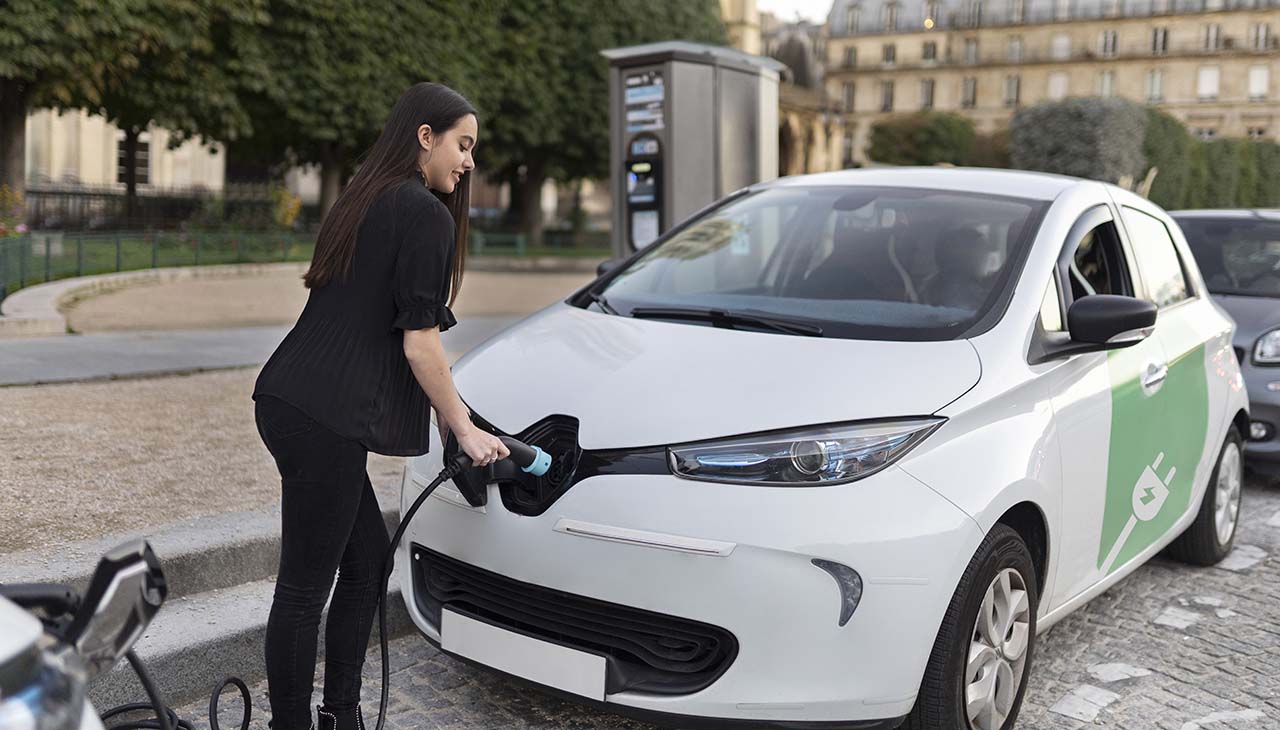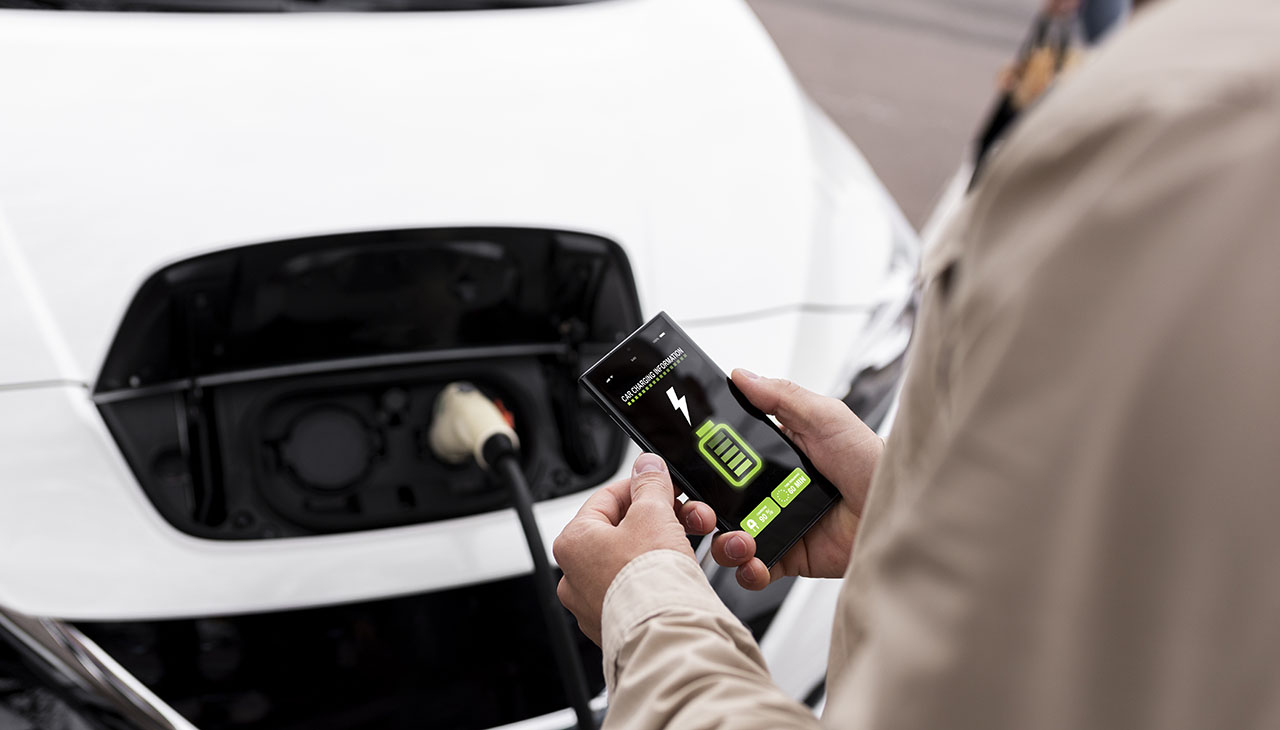Sustainable EV battery repair and servicing centers around the principle of maximizing the lifespan of electric vehicle batteries while minimizing environmental impact. This involves more than just repairing defects and damage; it also entails regular maintenance to ensure optimal performance and effective recycling or repurposing strategies for end-of-life batteries. It’s a comprehensive approach that not only increases the cost effectiveness of owning an electric vehicle, but also advances the broader goal of sustainable transportation.
Diagnostics
The first step in sustainable EV battery repair is conducting thorough diagnostics. This involves using specialized software to assess the battery’s performance in real-time, recording key parameters like charge cycles and temperature profiles. The diagnostic process also entails visually inspecting the battery for any signs of physical damage, such as swelling or leakage. Any issues detected through these assessments help technicians identify the root cause of performance degradation. Once the problem has been identified, the most appropriate repair or maintenance approach can be determined, whether that be replacing specific components, amending charging habits, or undertaking a complete battery refurbishment.
Repair Methods
Upon completion of the diagnostics phase, technicians employ efficient repair methods tailored to the identified issues. This could involve replacing damaged cells or modules, which are individual sections of the battery that can fail or degrade independently of the others. Technicians might also need to repair or replace wiring or connectors that have been compromised. Other specific problems affecting the battery’s performance, such as temperature regulation issues, may need to be resolved. Regardless of the specific approach taken, the overarching goal is to restore the battery’s performance while minimizing waste and prolonging the battery’s service life.
Recycling
When a battery can’t be repaired or refurbished, recycling becomes the next step. Repair centers often collaborate with recycling firms to ensure that spent EV batteries are recycled in an ecologically sound way. The recycling processes target the recovery of valuable materials from the batteries, which helps lower waste. This involves a series of steps, including sorting, discharging, shredding, and separation. The goal is to extract useful components such as lithium, cobalt, and nickel, which can be reused in new batteries or other industries. This step is crucial not merely for waste reduction, but also for the conservation of these valuable resources. It underscores the sustainable ethos of the battery repair and servicing industry, committed to reducing its environmental footprint at every opportunity.
Second Life Applications
Another aspect of sustainable EV battery repair is the exploration of second life applications. When EV batteries reach the end of their automotive life — meaning they can no longer effectively power an electric vehicle — they often still have significant usable capacity remaining. Instead of being immediately sent for recycling, these batteries can find new life in different applications. For instance, they can be repurposed as stationary energy storage systems, which can store power generated from renewable sources or during off-peak electricity usage times, and supply it back to the grid when needed. This not only extends the lifespan of the EV batteries but also contributes to more efficient and sustainable energy use, thereby reducing overall waste. In this way, second life applications play an integral role in the broader sustainability strategy of the EV battery industry.
Safety Measures
Safety is paramount in sustainable EV battery repair and servicing. Technicians working in this field need to have specialized knowledge and must adhere to strict safety measures. They undergo extensive high-voltage training which equips them with the requisite knowledge to handle the powerful electric currents involved in EV battery systems. This experience allows them to safely and effectively diagnose, repair, and service these batteries. Moreover, to further ensure their safety, technicians must use personal protective equipment, including but not limited to, gloves, safety glasses, and insulating mats. This protective gear is crucial in minimizing the risk of injury from electric shock or arc flash. As such, observance of these safety measures and practices underlines the industry’s commitment to safeguarding its workers while delivering high-quality service.
Conclusion
In conclusion, sustainable EV battery repair and servicing is an intricate, multi-step process that is central to the overall sustainability strategy of the electric vehicle industry. By prioritizing diagnostics, efficient repair methods, recycling, second life applications, and safety measures, this approach extends the life of EV batteries, minimizes waste, conserves valuable resources, and safeguards the well-being of technicians. It underscores the industry’s commitment to environmental responsibility, worker safety, and economic efficiency, helping to propel the shift towards more sustainable transportation systems. As the adoption of electric vehicles continues to grow, sustainable battery repair and servicing will undoubtedly play an increasingly significant role in shaping a more sustainable future.


